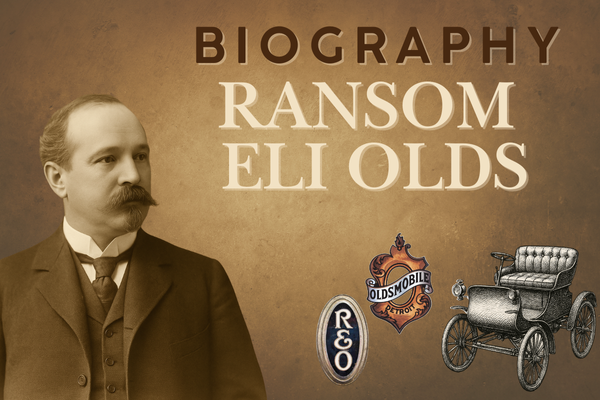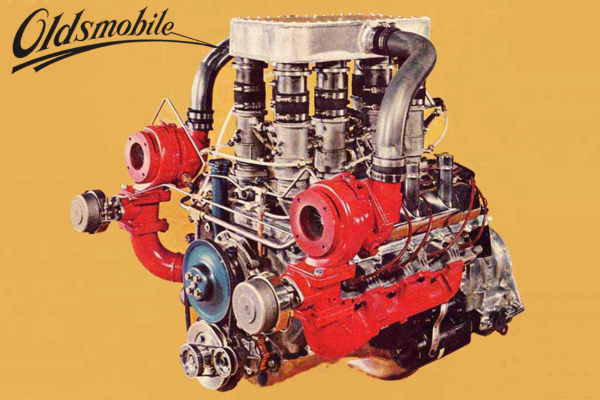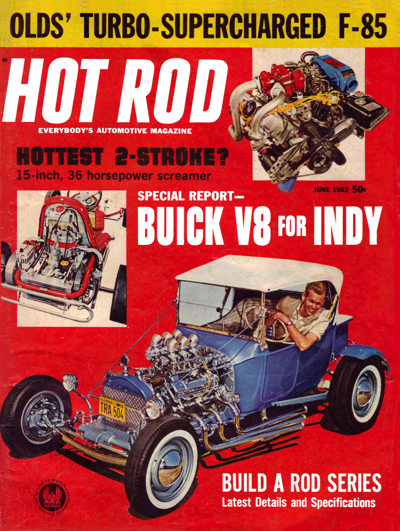1951 Buick Models Described In Detail

Buick Brand Home
General Year Information
Chassis Information
- Wheelbase: Series 40 & 50: 121-1/2 inches (except Model 52 which was 125-1 /2 inches); Series 70 : 126-1/4 inches (except Model 72R which was 130-1/4 inches.)
- Overall length: Series 40 & 50: 206.2 inches (except Model 52 which was 210.2 inches); Series 70: 211 inches (except Model 72R which was 215 inches).
- Front tread: Series 40: 59 inches; Series 50 & 70: 59 inches.
- Rear tread: Series 40: 59 inches; Series 50 & 70: 62 inches.
- Tires: Series 40 & 50: 7.60 x 15; Series 70: 8.00 x 15.
Models Offered
Starting in this year both Standard and DeLuxe trims were offered on the Special Series. The low-priced models had only bright rear fender trim moldings and three Ventiports on each fender. The DeLuxe models had a full-length sweepspear molding leading into the rear fender trim. The Standard Model Specials were the only 1951 Buicks to have a two-piece windshield, DeLuxe and other lines had a new one-piece type.
Special interiors were cloth, with a plusher grade used on DeLuxe models. Specials had a unique instrument panel, with speedometer and gauges housed in two large, round units flanking the steering column notch. Controls were centered vertically, flanking the radio speaker grille.
Supers sat on the larger GM B Body, but looked very similar to the Special. Supers had three round Ventiports per front fender and full-length “Sweepspear” molding and broad bright rear fender shield. “Super” in script was found on the deck lid and within the steering wheel center.
Supers were trimmed in materials similar to Deluxe Specials, except for in the plush Model 52 Super sedan. Front turn signals were within the bumper guard “bombs”, while rear signals were included in the stop lamp housing on the rear fender edges. The Model 56C Convertible and and Model 59 Estate Wagon were trimmed in leather.
The Roadmaster featured the new grille ensemble for 1951. Roadmasters had their series designation in script on the rear deck, with additional identification coming from four Ventiports on each front fender. Full-length, wide rocker panel moldings were used with the “Sweepspear” molding found on cheaper models. Cloth interiors in closed models were plusher than the Special and Super Series. with carpeting used on the floors.
The Like the Super, the Model 56C Convertible and Model 59 Estate Wagon featured leather seats. Standard equipment on the Model 56C convertible included power top, windows and seat. A Custom interior option for Roadmasters included leatherette door panel trim. Full wheel covers were standard.
Engines
Engine Options and Availability
- List Any Options here
Power Train Options
- A three-speed manual transmission was standard on Series 40 and 50. Dynaflow drive was standard on Series 70, and optional on Series 40 and 50.
- Supers and Specials equipped with optional Dynaflow had 7.2:1 compression ratio and 128 horsepower engines.
Body Paint Color Codes
Other Significant Options
- Parking brake release warning light.
- Cushion toppers.
- License frames.
- Handy-Mats.
- Visor vanity mirror.
- Took kit.
- Full wheel covers (standard on Series 70).
- “Breeze-Ease” draft deflectors.
- Outside rear view mirror.
- Safety Spotlite with mirror.
- Multi-purpose trouble lamp.
- Tissue dispenser.
- Glare-proof inside rear view mirror.
- Seat covers.
- All-rubber floor mat.
- Auxiliary driving lamps.
- Electric clock (Series 50 and 70)
- Remote control outside rear view mirror.









